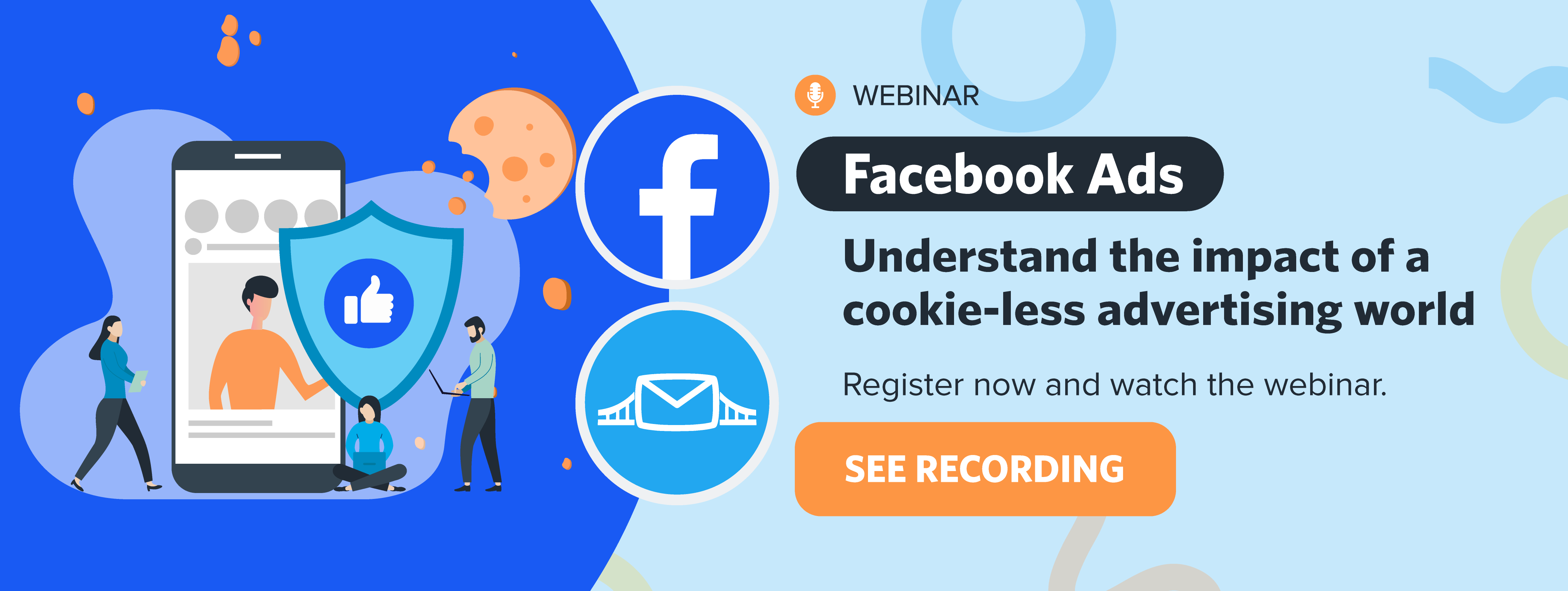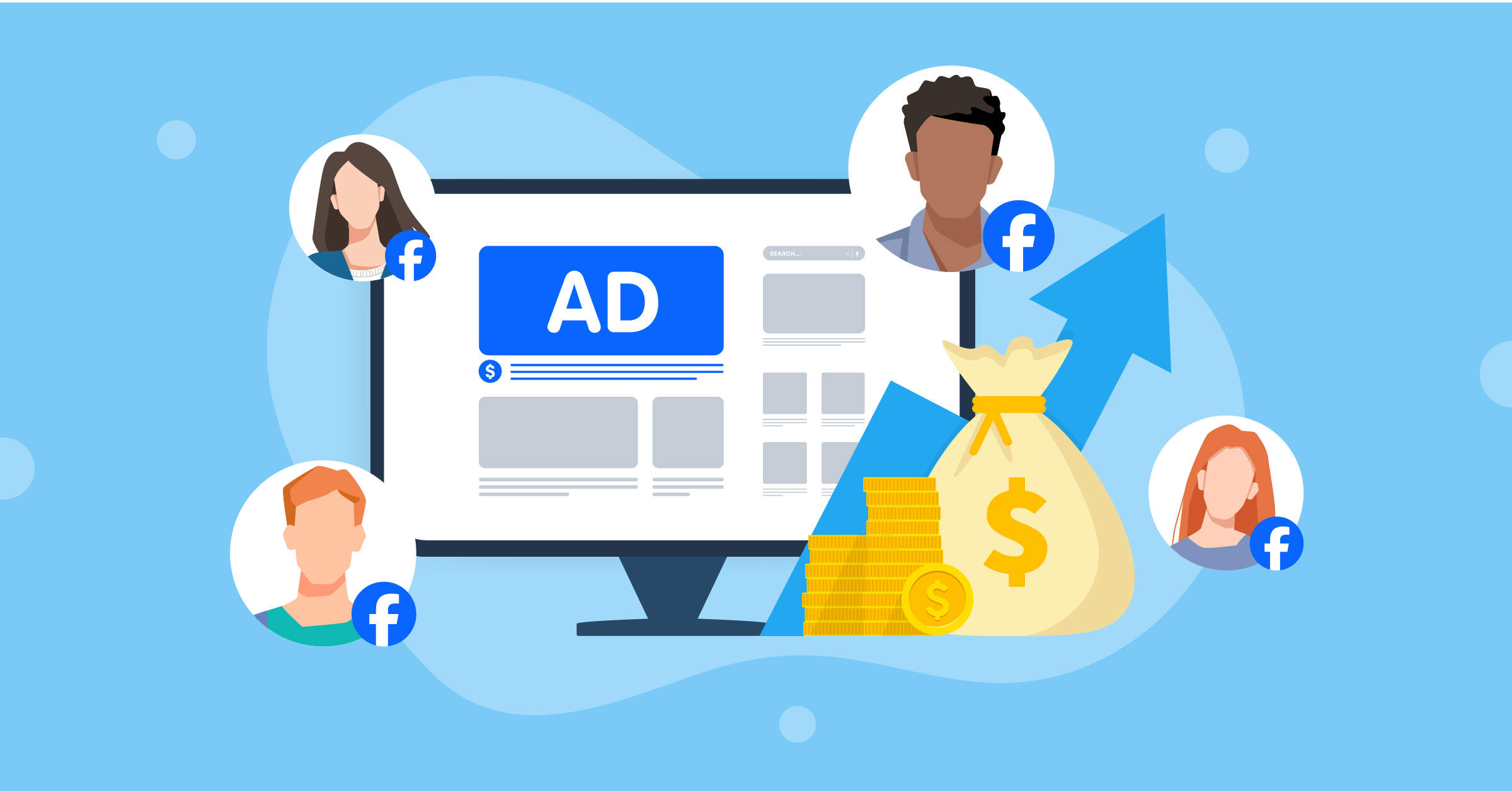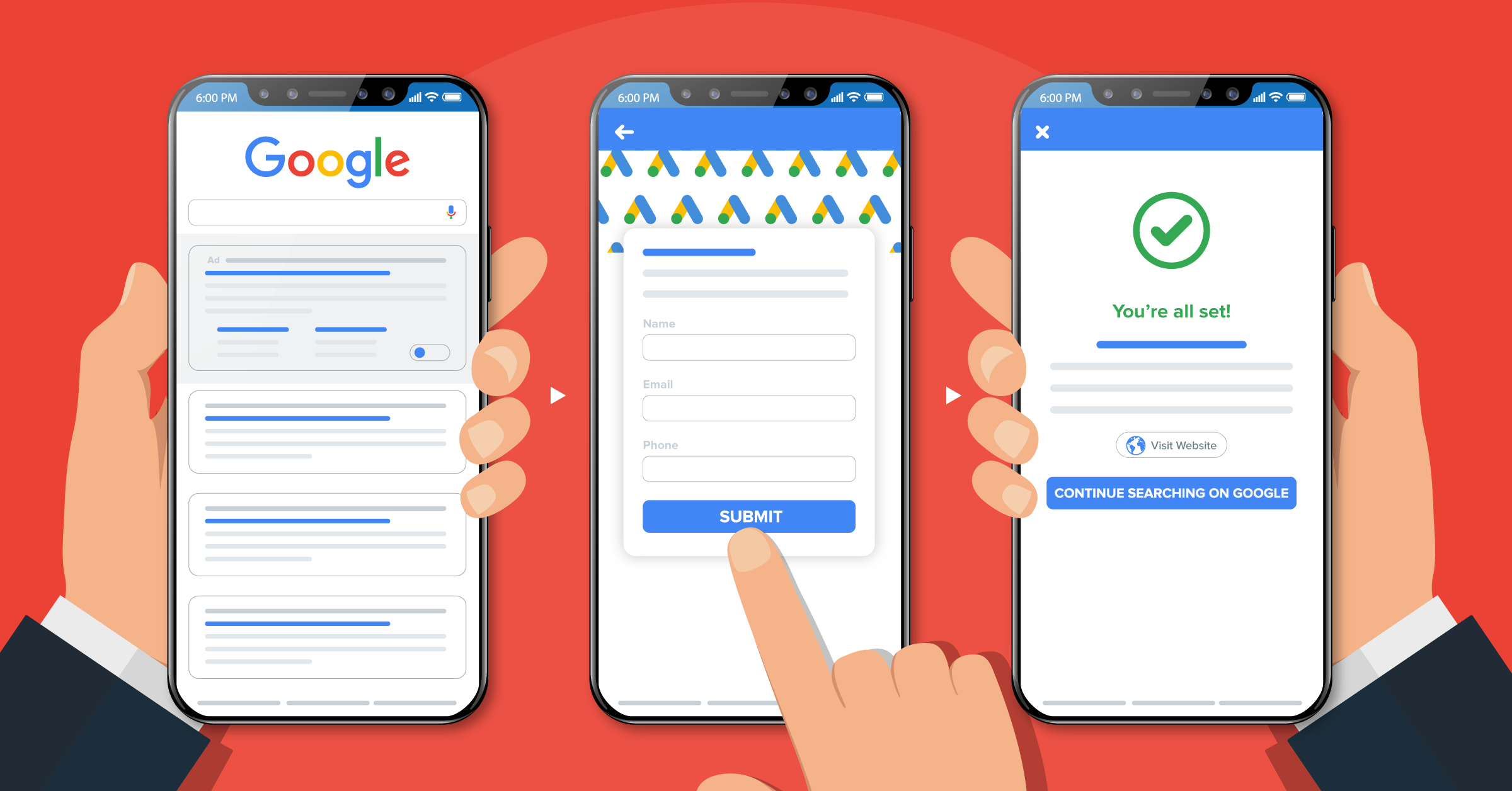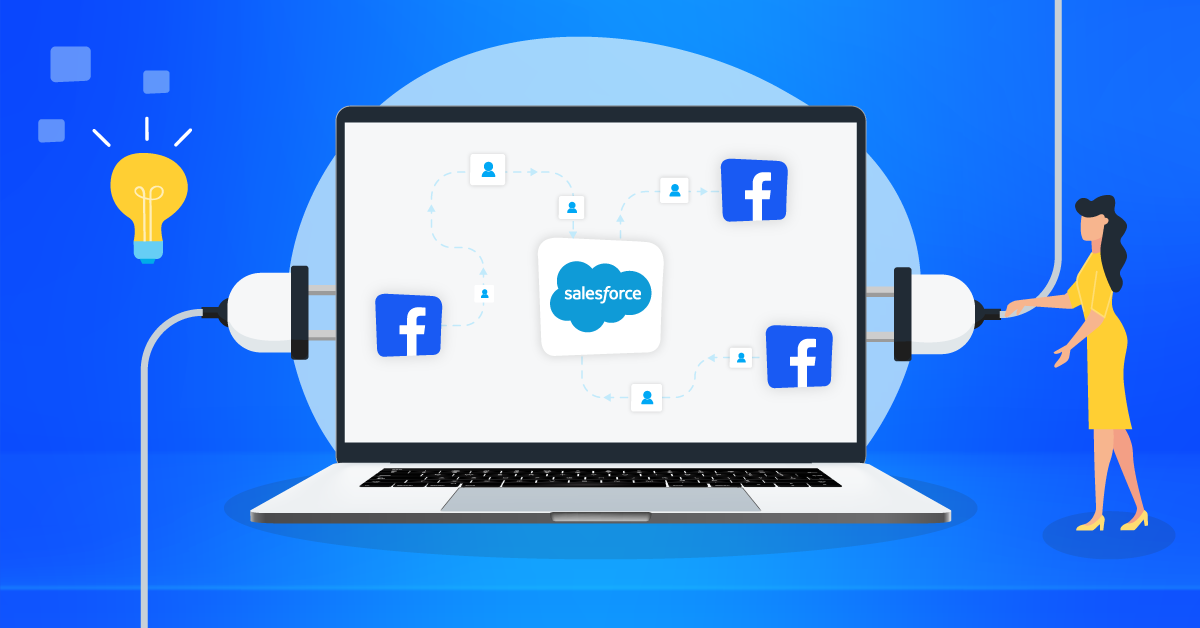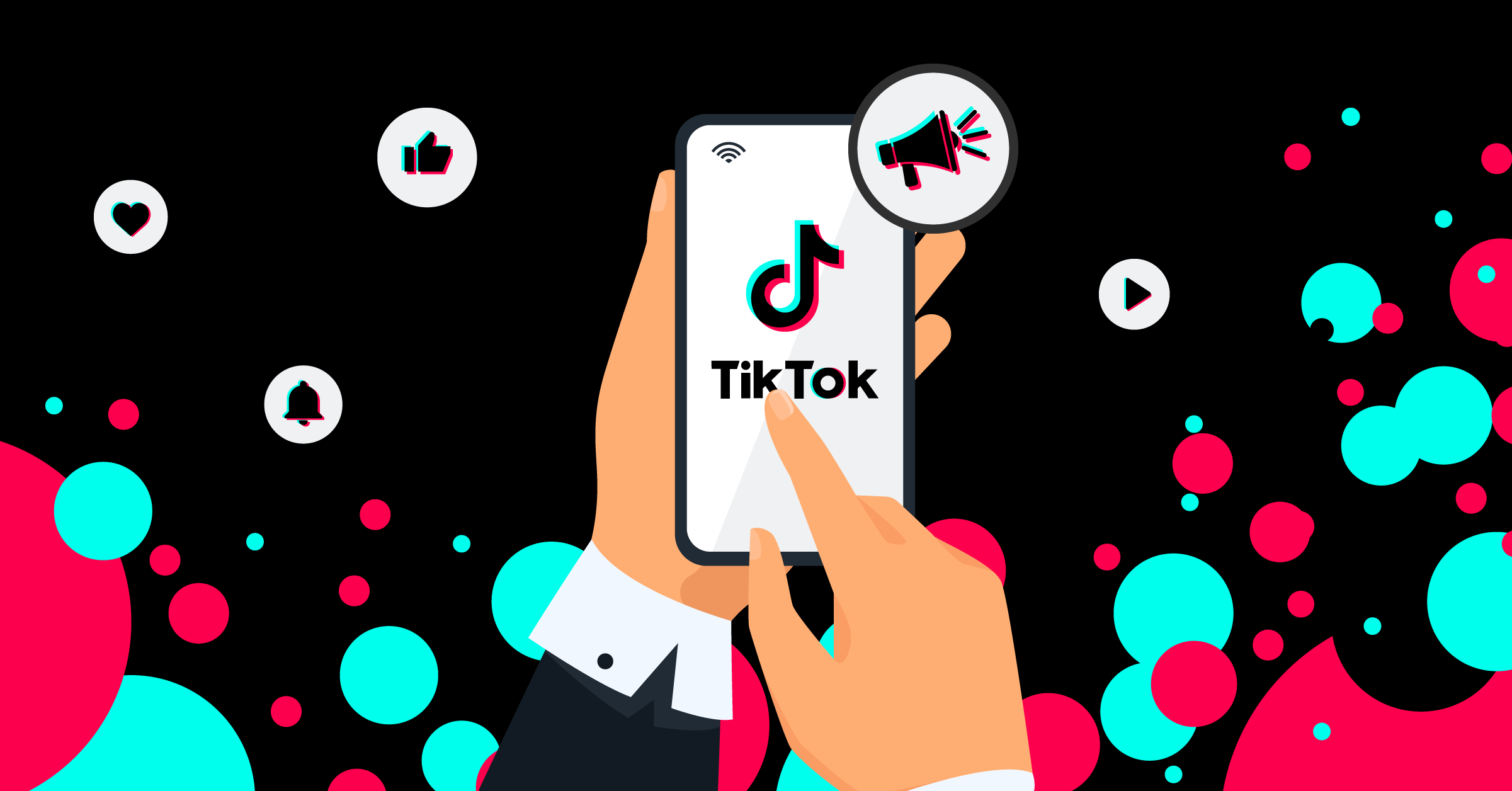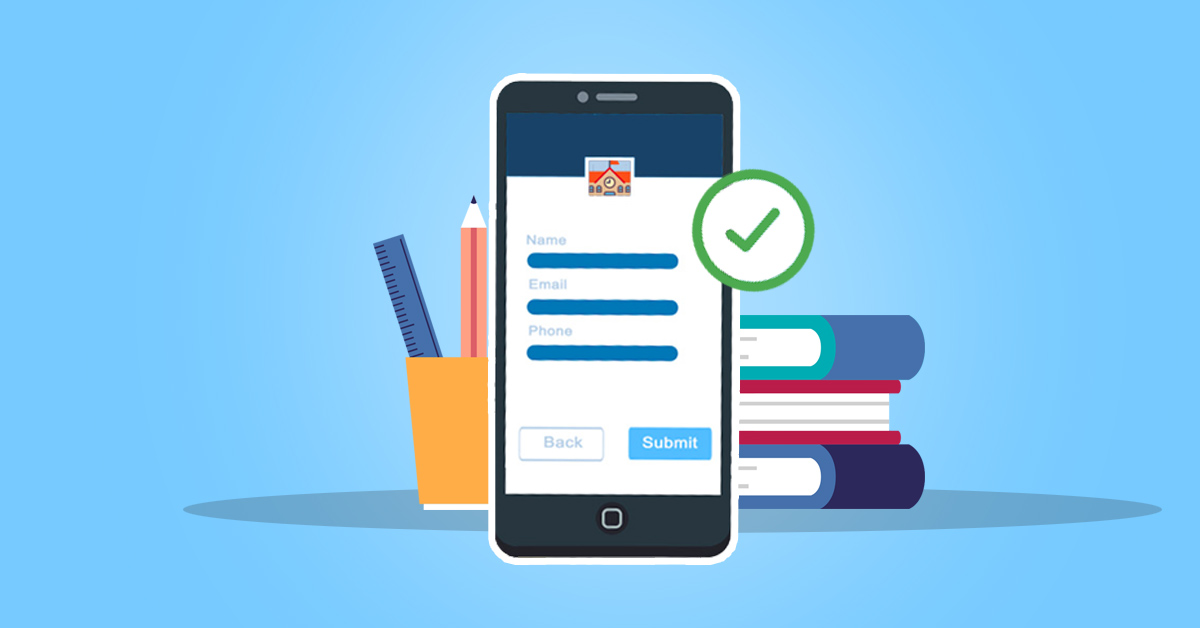
Looking for ready-to-subscribe student leads? Generating leads in higher education is all about getting prospective students interested in your institution. However, there are so many options out there, how can your institution stand out? That’s why you need a solid lead generation strategy.
Technology is constantly changing and so is the education space. New tools and shifting student expectations call for a dynamic lead generation strategy to keep bringing in leads year after year.
Now, when it comes to increasing revenue, there’s no magic formula (as much as we all wished there was one!). Every institute is different, but one thing’s for sure: focusing on audience research and building lead generation campaigns based on that data is a great place to start.
In this article we examine 7 strategies to collect high-quality student leads and a few must-have integrations to automate the process.
What is student lead generation about?
Student lead generation is the process of attracting and capturing interest from prospective students for your institution. A strong lead generation plan helps connect with the right students, guide them through the enrollment process, and keep your institution growing.
It’s important to keep in mind that student lead generation cannot be measured only in numbers. It’s about having a whole ecosystem that supports and guides those students down your marketing funnel.
This above all, includes an effective lead generation strategy combined with the right tools and platforms.
How to generate student leads: 7 Strategies to follow
Students today are more informed than ever. And those who are not, can easily run some research before committing to anything. That’s why generic ads won’t cut it when it comes to connecting with and enrolling your new student leads.
You need a well-researched digital marketing strategy with targeted content that turns clicks into actual enrollments. Here is our take on the top 7 student lead generation strategies:
1. Facebook and Instagram lead ads
Mobile traffic today accounts for approximately 62.4% of web traffic worldwide and Meta lead ads are made for targeting mobile device users.
Also, Instagram’s largest age group is 18-24 (31.7%), while Facebook’s is 25-34 (31.1%). This shows that Meta platforms are an ideal place to look for age-targeted education lead generation ads.
That is why lead generation ads on Facebook and Instagram are very effective at generating student leads. An example is Universidad Villanueva, which uses lead ads and Advantage+ shopping campaigns on Facebook and Instagram.

This private university in Spain saw a 3.7X increase in conversion rates and cut their cost per action by 66%. That’s a huge difference in the number of student leads they generated with and without Meta ads.
And the result? More high-quality leads, better campaign performance, and a simplified ad process that freed up time and resources.
Instagram lead ads are also very effective to generate student leads having over a billion users.
Instagram offers the same ad formats as Facebook, such as video ads, carousel slideshows and also Instagram stories ad options. However, the ad content and age demographic is different.

Facebook lead ads can be optimized for targeting different campaign objectives using a ton of features including ad format. The text you use in your ads also makes a difference. For instance, a good headline can attract the lead’s attention.
The CTA (call to action button in your ad) can encourage students to download something, subscribe to a newsletter, visit a landing page, get in touch via Messenger and so on.
All these features allow you to build an ad that actually resonates with your target audience.
Now, let’s say a student clicks on the ads and registers for a campus visit. You need to make sure they receive the lead magnet you promised in your ad or get a welcome email with more information. This needs to be almost immediate.
Generally, 74% of people expect to receive a welcome email immediately after subscribing to a list, and companies that respond promptly to leads are 7 times more likely to convert those leads into sales. Students are no different.
Schools can integrate their Email software with their Facebook account through tools like Lead Ads Sync. This feature syncs every new lead automatically and in real-time to the Email software. Your marketing and admission teams, in turn, can optimize their communication with the applicants.
It’s also worth mentioning that colleges can leverage lead generation strategy also on Google and YouTube, with Google Lead Form Ads and YouTube Trueview Action Forms Ads. These are also ad solutions that help generate leads from mobile navigation.
2. Running retargeting campaigns
Retargeting means focusing your marketing efforts on the audience who are already exposed to the ad. Or, they are already familiar with your educational institute and possibly have already interacted with it.
Colleges and private universities can target prospective students based on an interest they expressed. It might be browsing their website, submitting a form, or visiting a landing page.

This behavior can be leveraged by companies by retargeting those student leads on social media platforms once they leave the website. Data shows that behavioral ads can increase conversion rates by 50%, 10 times on the return on ad spend (ROAS).
With retargeting, schools can maximize this data to re-engage prospective students across social platforms. But this can be really hard to do if your data is scattered across different platforms.
You want a unified and interconnected data technology stack for a birds eye view of all your leads, prospects, and existing and past students. LeadsBridge allows you to do that through automated data bridges.
3. Leveraging custom audiences & lookalike audiences
Meta’s offers ultra-precise targeting like custom audiences. Besides creating personalized campaigns (that have about 60% higher conversion rate), you can use this data to retarget or exclude audiences at any stage of the funnel.
Lookalike audiences are another valuable Meta targeting option. They help you attract students leads with interests and demographics similar to your current students.
Each educational institution has a detailed database with their best students’ profiles. This is also a goldmine of data. All you have to do is connect your CRM to Meta via an automated data bridge.
Meta then has access to your audience segments which can be used to create highly-targeted campaigns. The algorithm uses machine learning to identify the common qualities of the people in it, and deliver an ad to a similar audience.
On top of that, the source audience should be regularly and automatically updated to be relevant and effective, which is best done through automation.
4. Tracking conversions and focusing on leads that matter
Want to attract more high-quality student leads? Then you should consider setting up a Conversion tracking API. Meta’s API, for instance, sends valuable data like website visits, CRM records, and even offline interactions straight back to Meta.
What does that do? Once you have connected the Conversions API with your CRM, you can significantly improve your targeting and ad performance, and track results with precision.
This setup gives you access to Meta’s Conversion Leads performance goal as well. Unlike standard lead ads that focus on quantity, this performance goal prioritizes quality by channeling your ads to reach the best (in terms of likelihood for conversion) prospective students.
Setting up this API manually might sound technical, and it is in fact a code-heavy process. The good news is that you can streamline the process with Meta-certified partners like LeadsBridge or your existing marketing tools.
Other platforms also offer their own conversion tracking options. LinkedIn and Google’s conversion tracking tools, as well as TikTok Conversion API help you do just that.
5. Streamlining your communication & SMS support
Texting is a great tool for prospecting leads, and should be considered a fundamental part of a school’s marketing strategy.
Studies show that 76% of students prefer text updates over email, and universities using SMS see a 30% boost in student engagement. It’s a simple, effective way to keep students informed and responsive.
Universities and colleges can create specific lead ad campaigns with the goal of collecting students’ phone numbers. To do this, they can offer text messages about campus events, application deadlines and so on.
This strategy can be put on autopilot when combined with the right tools. Here are some of the most popular SMS integrations:
6. Have a follow up strategy
Once you have made contact with a lead (yay!), you need to nurture them via email. Staying in touch through automated email sequences keeps prospective students engaged and moves them closer to enrollment.
Plus, nurtured leads are 47% more likely to take action. This is to say, it’s definitely worth the effort. But you don’t have to (and you shouldn’t) do it all manually. With CRM and email integrations, new leads get added automatically and receive personalized follow-ups based on their actions.
Tools like LeadsBridge make it easy to automate the process, so that you can focus on connecting with future students.
7. Bonus tip: Involve parents
One key element of a successful marketing campaign to attract student leads is to include in the evaluation process the final decision maker, meaning the parents or the family member who will financially support the costs of the study program.
In 2019, research showed that 6 out of 10 students confirm that their parents are involved at some level with the decision making process.

Private schools should actively include in their marketing strategy an opportunity for the students’ parents or financial supporters to become part of the process. This can be either by requesting more information, visiting a landing page or by scheduling a meeting with the admission counselor.
Communication can take place through email marketing throughout the admission process, or it can be triggered via lead generation ads too.
Private schools that include parents in the process will help students feel safer and supported about their decision, and possibly speed up their decision-making process leading up to more of them joining the courses.
Key takeaways
Private schools and universities will keep facing strong competition to attract and recruit new students every year to join their courses. However, investing in the right marketing strategy has proven to be effective in influencing the decision-making process of students and their parents.
Among the advertising options available, lead generation ads are particularly incisive. Due to their mobile-friendly format and to the popularity of the platforms, Facebook and Instagram Lead Ads are a great tool for schools to generate student leads.
Schools can also leverage lead generation ads to retarget prospective students based on an interest they expressed, or to acquire student leads who resemble their target group.
On top of that, leveraging the fact that students appreciate texting for certain steps of the process, universities can create specific lead ad campaigns with the goal to collect students’ phone numbers to help them remember application deadlines and campus events.
Finally, private schools should also remember to include the students’ parents in their marketing campaigns, as they play an important role in the final decision.




















